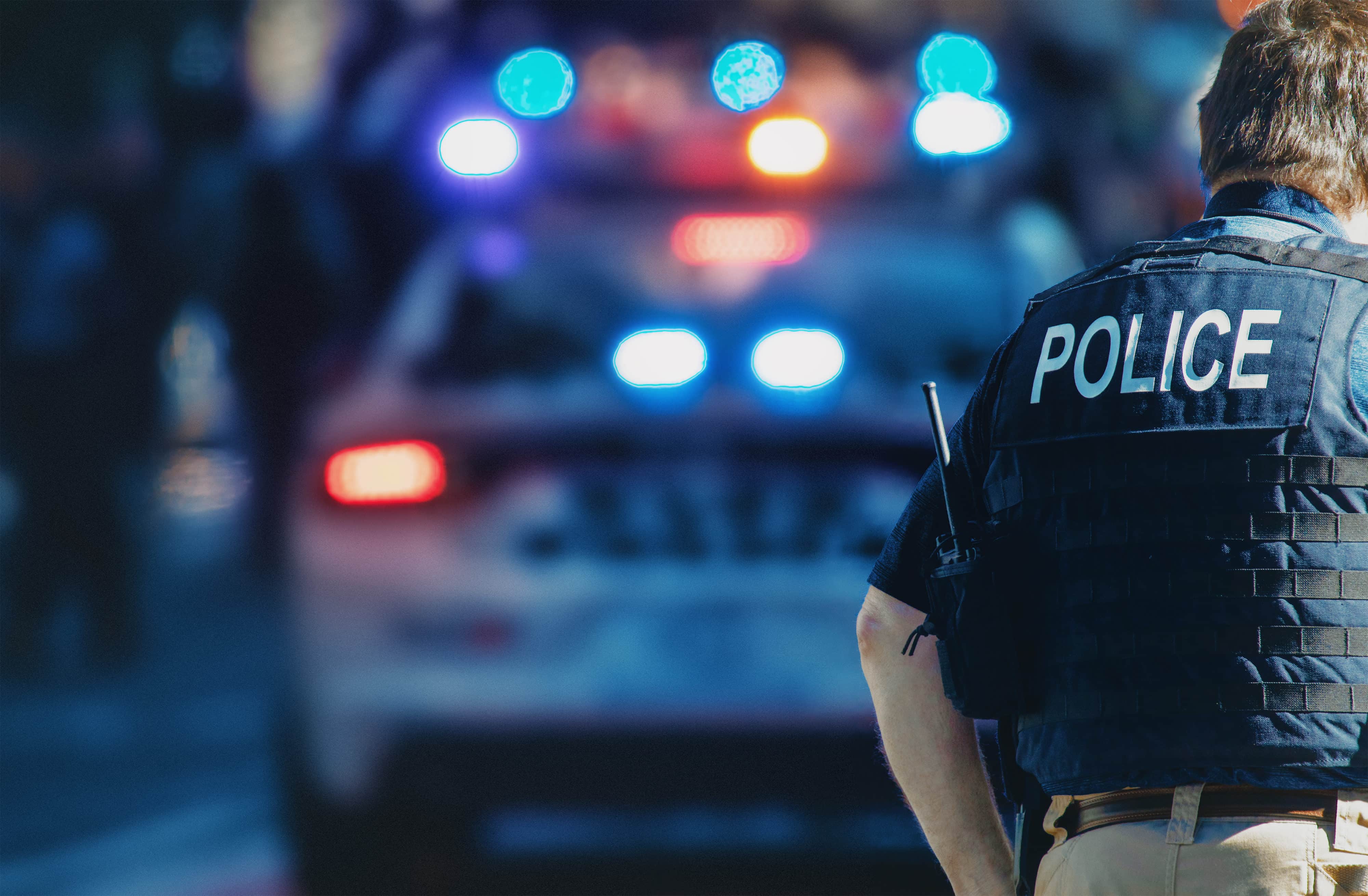
As protests and political battles rage across the country about police officers using force, the Florida Police Chiefs Association has issued a report calling for a series of steps, ranging from largely banning chokeholds and other neck-related restraints to stepping up recruitment of police officers who would better reflect communities.
The association’s Board of Directors approved the report Thursday, during a week in which President Donald Trump and Democratic presidential candidate Joe Biden both went to Kenosha, Wis., in the aftermath of a police officer shooting Jacob Blake, a Black man, seven times in the back. The Blake shooting added fuel to protests and counter-protests that surged after a May incident in which George Floyd, a Black man, died when a Minneapolis police officer knelt on his neck.
The new report from the Florida association was put together by a subcommittee that was formed after Floyd’s death and includes representatives of law enforcement and community and religious organizations. The recommendations are not binding on Florida police departments and are based, in part, on a national report about the use of force.
“The Florida Police Chiefs Association promised to lead the way to strengthen trust and accountability between law enforcement and the communities they serve,” association President Jeff Pearson, the police chief in Satellite Beach, said in a statement released with the report. “This report puts those promises into action.”
Along with addressing a series of specific policy issues, the report also offered “guiding principles” for police agencies on the use of force, including a principle of “preservation of life.”
“The preservation of life should guide all law enforcement actions,” the report said. “Where necessary to use force against a member of the community, the force should be objectively reasonable, proportional, and necessary in defense of an officer, another, or in pursuit of a lawful objective.”
Also, the guiding principles included better communication by police officers and administrators, improved training for officers, and bolstering police-recruitment efforts.
“Applications to serve as a law enforcement are at historically low levels, especially amongst people of color,” the report said. “Agencies should actively recruit police officers who reflect the demographics of the community. The use of community outreach and increased communications with the community may result in attracting police recruits with a desire to serve their community.”
The recommendations followed the national report, known as the National Consensus Policy, in calling for a prohibition on the use of chokeholds “unless the use of deadly force is authorized.” The recommendations also called for such a prohibition on “vascular neck restraint,” which includes techniques that can incapacitate people by restricting blood flow to their brains.
In a news release accompanying the release of the recommendations, the association said authorized use of deadly force is a “high bar only crossed when an officer must protect themselves or others from what is reasonably believed to be a threat of death or serious bodily harm.”
Several recommendations in the association’s report dealt with police officers shooting weapons, including calling for officers when “feasible” to identify themselves and warn of intent to use deadly force before shooting. Also, the report recommended prohibitions on warning shots, which it said pose a danger and have “the potential to inflame already tense and dangerous situations.”
In addition, the report said imposing a total ban on shooting at vehicles “is impractical and could result in an unnecessary risk to officers and citizens. The subcommittee recognized that in some narrow circumstances, that shooting at a moving vehicle may be required for the preservation of human life and to protect against the imminent threat of death or great bodily harm.”
The association’s report also addressed an issue that has gained attention at some of the high-profile incidents nationally, where multiple police officers were present. The report backed requiring police officers to intervene “to prevent or stop the use of excessive force by another officer when it is safe and responsible to do so.”
___
Republished with permission of The News Service of Florida.




One comment
Sonja Fitch
September 4, 2020 at 3:49 pm
Thank you! We trained our law enforcement with paramilitary skills! Now we need to train our law enforcement with peaceful solutions!
Comments are closed.